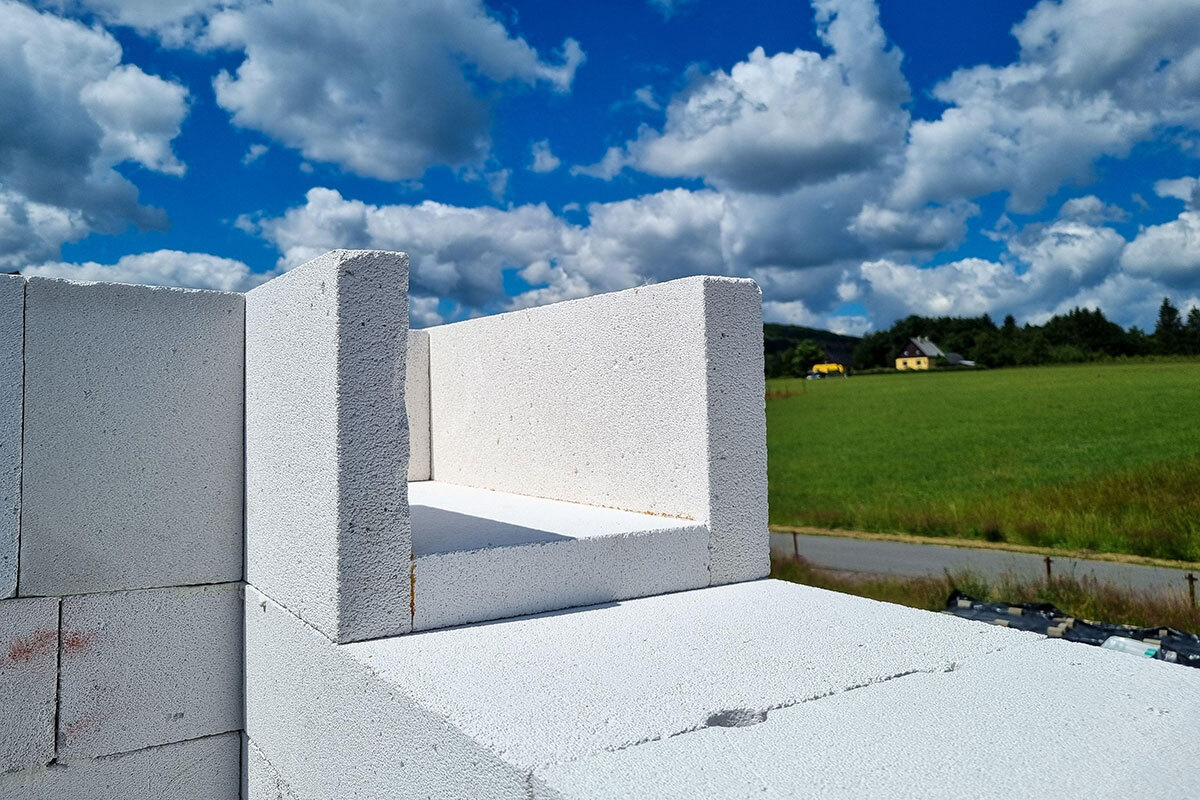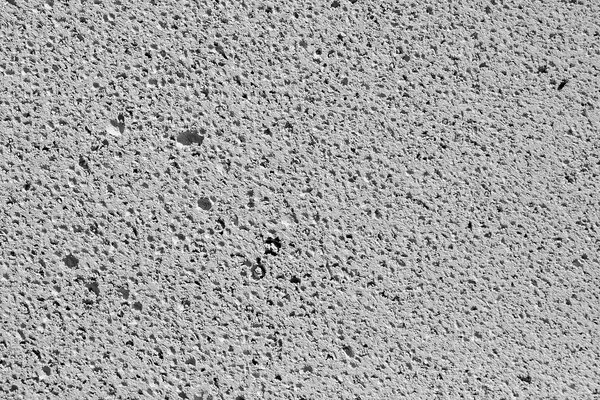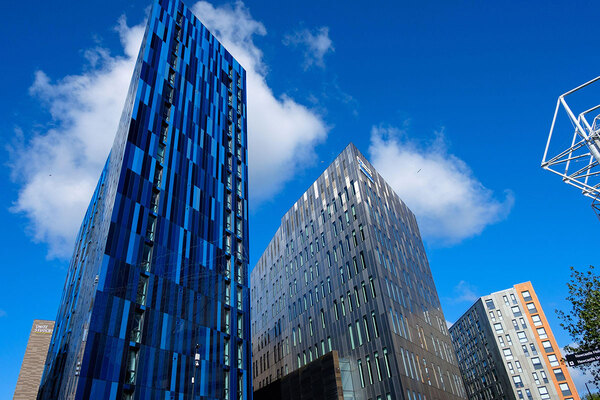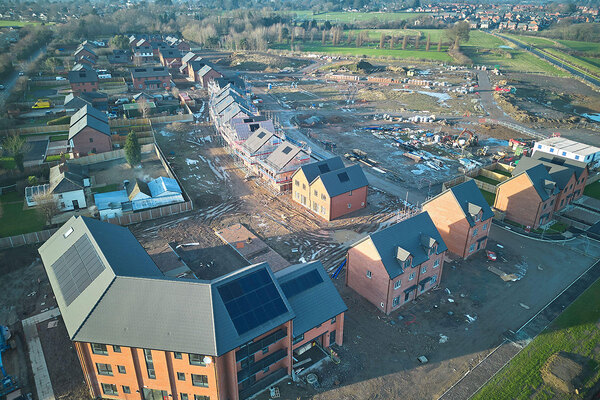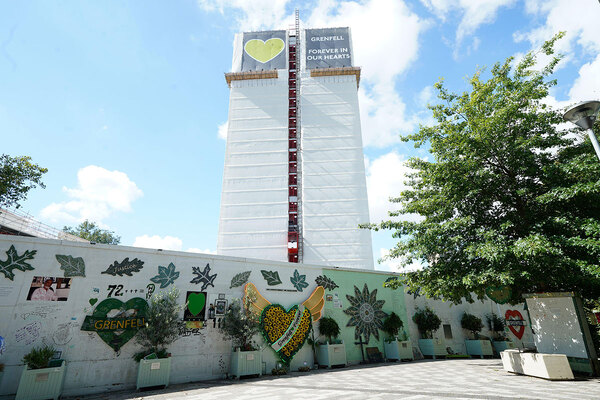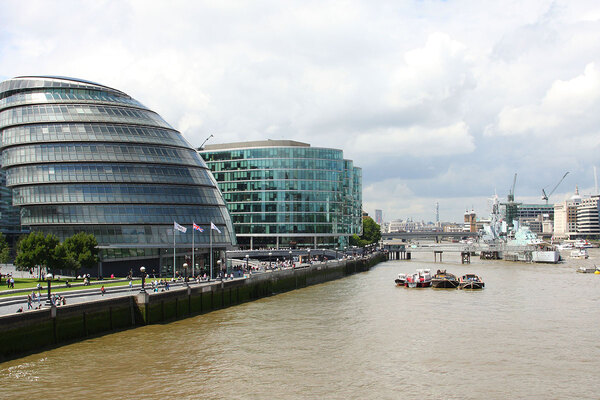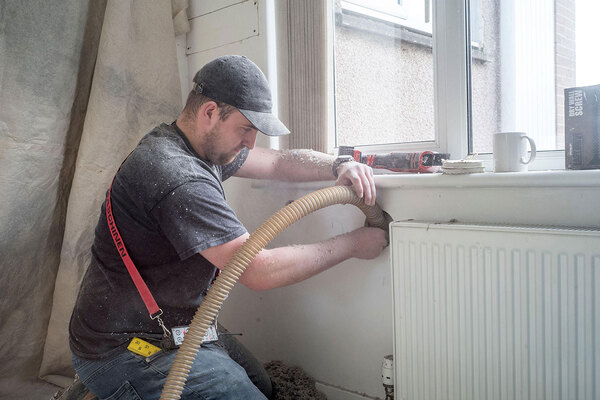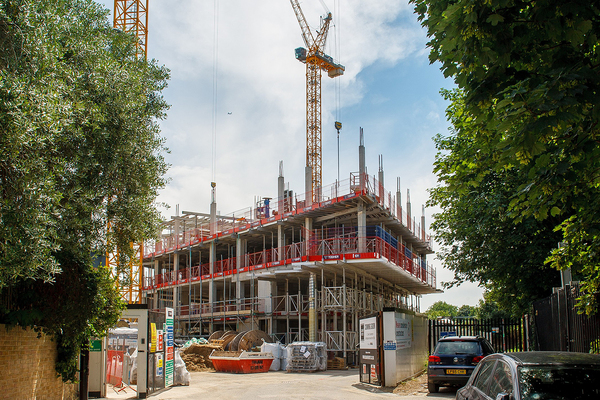Number of Scottish landlords with RAAC rises to 13
A further four landlords in Scotland that have found reinforced autoclaved aerated concrete (RAAC) in their housing stock have been named.
The Scottish Housing Regulator (SHR) said Bield Housing & Care, Dundee City Council, Sanctuary Scotland and Viewpoint Housing Association had all found the building material in their homes.
This brings the list of Scottish landlords that have found RAAC in some of their homes to 13, after the regulator named nine landlords in December.
The update means that 1,994 homes have been found to be affected.
A total of 125 landlords have confirmed that there is no RAAC present in their tenants’ homes, and 27 continue to investigate their stock. The number of homes currently under investigation is 8,311.
The lightweight concrete was used between the 1950s and 1990s in the floors, walls and roofs of some buildings in Scotland, including residential properties.
More than 100 English schools have recently closed, either partially or fully, because of fears over the risk of RAAC, which is weaker than standard concrete and more prone to collapse because of its ‘bubbly’ construction.
In October, Aberdeen City Council revealed suspicions that the potentially dangerous concrete was used in hundreds of homes on the Balnagask Estate in the south east of the city.
In a letter in the same month, Michael Cameron, chief executive of the SHR, asked landlords to submit information to establish the extent of potentially dangerous concrete in their social housing stock.
On the latest findings, Nicola Harcus, assistant director of regulation at the SHR, said: “We have engaged with the landlords that have identified RAAC in their homes and have assurance that they have appropriate management plans for the affected homes.
“We will continue to update the information we have on the presence of RAAC in social housing as landlords complete their outstanding investigations.”
Early last month, Aberdeen confirmed that hundreds of council tenants will be moved out of their homes because they contain the unsafe concrete.
Sign up for our Scotland newsletter
Already have an account? Click here to manage your newsletters
